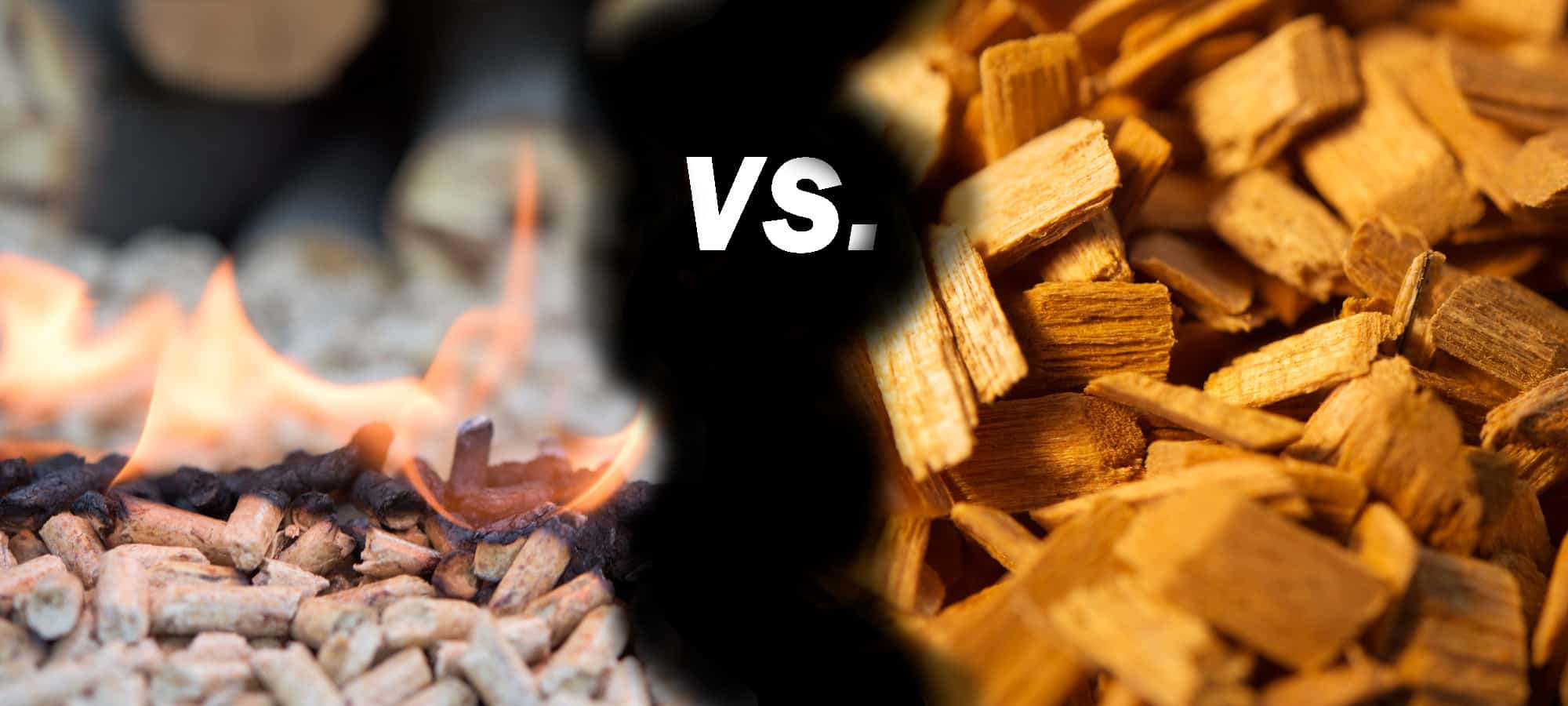What is the Difference Between Wood Pellets and Wood Chips
For many years, wood was the major fuel and material used, but in recent years, its renewable and sustainable qualities have drawn much attention. Wood pellets and wood chips are two commonly utilized types of treated wood. Although they both come from wood, their traits, applications, and manufacturing processes vary. We shall examine a thorough comparison in this post to comprehend the essential distinctions between wood pellets and wood chips.
Do you require wood pellets in bulk for your business or projects? Look nowhere else! In order to satisfy your needs, our business, a reputable bulk Wood Pellets wholesale exporter, provides high-quality pellets in significant numbers. We offer a consistent and effective supply of wood pellets for use in heating, industrial, and other industries. Profit from reasonable prices, rapid shipping, and first-rate customer support. By working with us, you can give your business a reliable and sustainable source of wood pellets.
Wood Pellets: Process and Characteristics
Wood pellets are a condensed form of wood created by compressing sawdust and wood shavings into small cylindrical shapes using a pellet mill. The process involves removing moisture and binding agents from the raw material, resulting in dense, compact pellets. Here are the key characteristics of wood pellets:
Composition and Density
Wood pellets are typically made from sawdust and wood shavings, often collected from sawmills and woodworking operations. They are highly compact and dense, making them easy to handle and transport.
Calorific Value
Wood pellets have a high calorific value, making them an efficient and effective source of heat. They release a significant amount of heat when burned, making them ideal for heating applications.
1Uniform Size and Shape
One of the advantages of wood pellets is their uniformity in size and shape. This consistency ensures even combustion and heat distribution when used in stoves and boilers.
Wood Chips: Process and Characteristics
Wood chips are small pieces of wood that are typically obtained by chipping or grinding logs or wood residues. The process involves using specialized machinery to cut or grind the wood into small, irregularly shaped pieces. Let’s explore the key characteristics of wood chips:
Composition and Size
Wood chips are coarser and larger compared to wood pellets. They can vary in size and shape, depending on the chipping or grinding process used. The size can range from small flakes to larger chunks.
Calorific Value
While wood chips still provide a good calorific value, they may have a slightly lower energy density compared to wood pellets due to their larger size and irregular shape.
Versatile Applications
Wood chips find diverse applications, including landscaping, animal bedding, mulching, and biomass fuel. They are commonly used in larger heating systems and power plants. Read more 1 Bedroom Apartment for Sale in Dubai
Comparison: Wood Pellets vs. Wood Chips
Now that we understand the individual characteristics of wood pellets and wood chips, let’s compare them across various parameters to elucidate the differences:
1. Size and Shape
- Wood pellets are uniform in size and shape, allowing for consistent combustion and easy handling.
- Wood chips vary in size and shape, offering versatility but may require specific equipment for efficient combustion.
2. Calorific Value
- Wood pellets have a higher calorific value per unit weight due to their compact and dense composition.
- Wood chips, while still providing a good calorific value, may have a slightly lower energy density compared to wood pellets.
3. Applications
- Wood pellets are commonly used in residential heating stoves, pellet boilers, and pellet grills due to their compact size and high energy output.
- Wood chips find applications in larger heating systems, power plants, landscaping, animal bedding, and mulching due to their versatility and abundance.
4. Storage and Handling
- Wood pellets are easy to store and handle, requiring less space due to their compact form.
- Wood chips may require more storage space and specialized handling equipment due to their larger size and bulk.
Conclusion
In summary, both wood pellets and wood chips offer distinct advantages and are utilized based on specific requirements and applications. Wood pellets are ideal for smaller-scale applications where consistent size, shape, and high energy output are crucial. On the other hand, wood chips find extensive use in larger heating systems and diverse applications due to their versatility and cost-effectiveness. Understanding these differences is essential in making informed decisions regarding the use of wood-based products for various purposes.

Post Comment